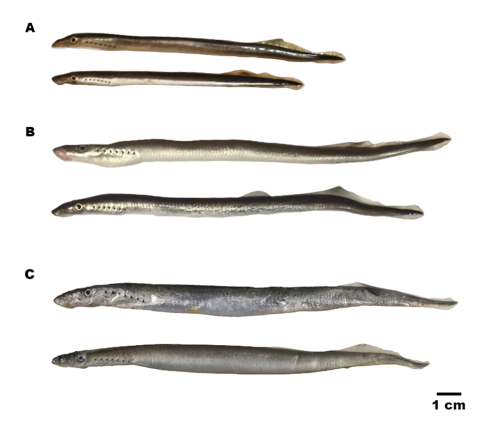
Understanding the structure of the species, especially when it comes to complexly organized species represented by different forms, is impossible without knowledge about its life cycle. The anadromic form of the Lampetra Fluviatilis river lampreys is widespread in the sea and fresh waters of Europe. Its freshwater (lake) forms are described for large lakes, such as Onega and Ladoga. However, to date, there is practically no information about the mechanisms of migration of such forms, and data on migrations in the sea are very limited. It is known that these migrations occur mainly in the spring - during the period of intensive melting of snow and floods.
Researchers from the laboratory of lower vertebral behavior since 2014 have been studying the migration behavior of river lampreys at all stages of their life cycle. During these works, not only were new data for the region (Russian part of Fennskandia) obtained, but a new stage was opened in the migration of the lamprey smolts to the sea - a mass relocation from the lake.
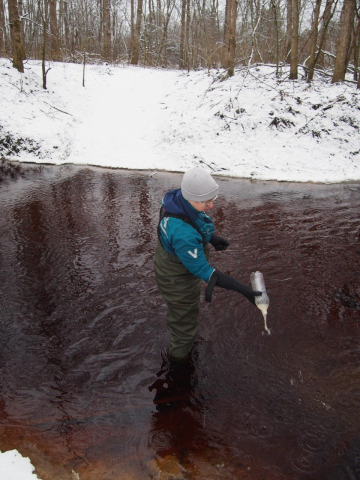
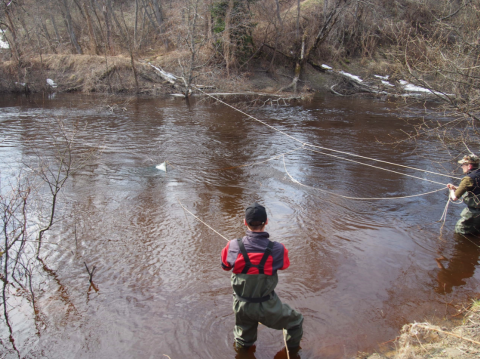
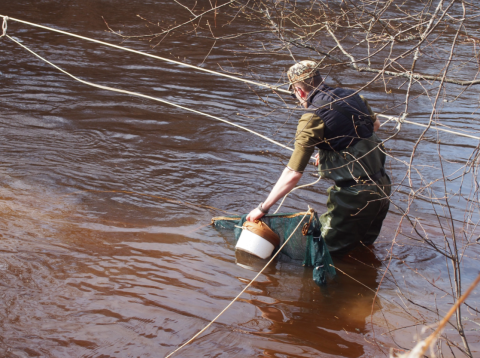
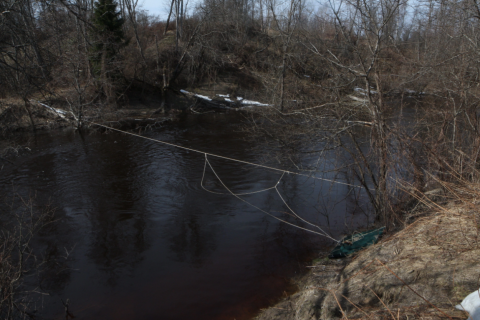
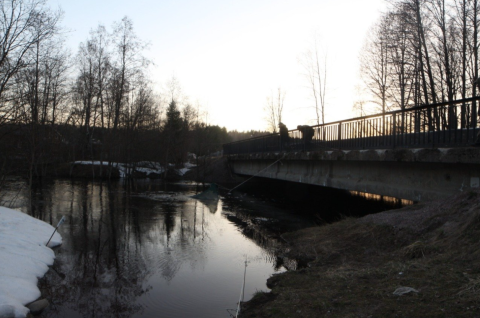
The relocation from the lake is an irregular event, it occurs in a critical flood, with a sharp change in hydrological and hydrochemical indicators. However, it was precisely thanks to the registration of this rare phenomenon that it was found that in the small lake Gladyshevskoye (Leningrad region) the smolts of the river lamprey can linger. It is most likely that before sliding from the lake the smolts of the lamprey lingered for an entire year. This is indicated by their size, larger than that of individuals migrating from the river to sea immediately after resin, as well as the parasites of Cuccullanus SP. being on another stage of development.
The results are expanded by ideas about the mechanisms of the formation of potamodrome (lake) forms in lampreys due to the possibility of them inhabiting small lakes. It was also shown for the first time that relocating from the lakes to the sea during migration is possible not only by the spawners having swum against the current, but also by the smolts rolling downstream in the direction of the sea.
Link to the article: Kucheryavy, A.V., Zvezdin, A.O., Polyakova, N.V. et al. A New Element in the Migration Cycle of the European River Lamprey Lampetra Fluviatilis: Downstream Migration from a Lake. Environ Biol Fish 105, 1857–1871 (2022). https://doi.org/10.1007/s10641-022-01249-1
